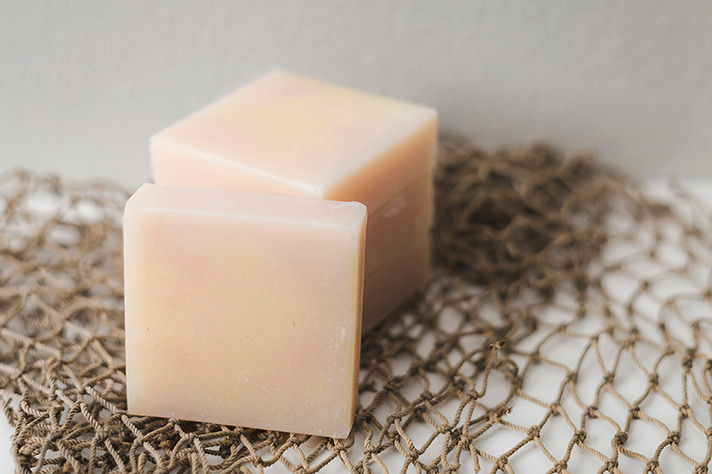Speaking of Antiquing – August 2019
This month, I’m breaking away from speaking about a specific antique item to point out an obvious fact about one of our most common commodities—soap!
Soap is a household item that we often take for granted. There will always be soap of one fragrance or another at any given hotel, restroom, or home.
Soap is a luxury item that we don’t consider a luxury, that is, until we don’t have any on hand.
One of the first products manufactured and traded or sold by the American colonists was soap. This helped create economic freedom from England and supported the colonists to be able to purchase other essentials.
Soap-making was laborious and typically done outside over a fire in large cast iron kettles. Hardwood ash was collected throughout the year and stored in large wooden barrels. Water was then poured over the ash and a brown liquid would ooze out. The liquid was the lye that was mixed with melted fat from animals. Together they formed soap that was used for bathing and household cleaning.
Salt was added to the liquid soap to make it harden. The cake was broken into bits or bars and sold locally and exported back to England.
Fragrances were also added, as the fat was smelly and unpleasant. Lavender oil and sandalwood were primarily used, but the soap could be scented with flowers or pine.
Production of soap was relatively easy and is still a staple of local commerce.
Nowadays making soap is considered a craft or hobby for the most part. People from all walks of life are participating in its creation. Every gift store or farmer’s market will have soap makers vending their wares. We buy them because they are a timeless treat to our bodies, and a way to avoid the harsh chemicals used in the manufacture of soap today.
What does all this have to do with an antiques column?
Farm implements, molds, swishers, and wooden forms are an interesting category for collecting. While many producers of soap did not use molds or forms, the soap was broken from the cakes and sold by the pound. The soap would last a long time and could be stored in crocks or jars. Wire mesh swishers were handheld and just swished through the water to create enough “soapiness” to wash dishes. Large graters were used to make fine bits that would be placed in muslin or crochet bags to keep the bits off the clothes while they melted in the hot water.
I’m always in awe of crafters and hobbyists who can make a living making by selling something so needed and yet so competitive.
We offer some French and domestic soap at Pickety Place along with a few implements of the trade that can be found here, too!

 Margaret Barns is co-owner of Pickety Place Antiques & Collectibles located at 130 N. 4th Street in Jacksonville. LIKE them on
Margaret Barns is co-owner of Pickety Place Antiques & Collectibles located at 130 N. 4th Street in Jacksonville. LIKE them on